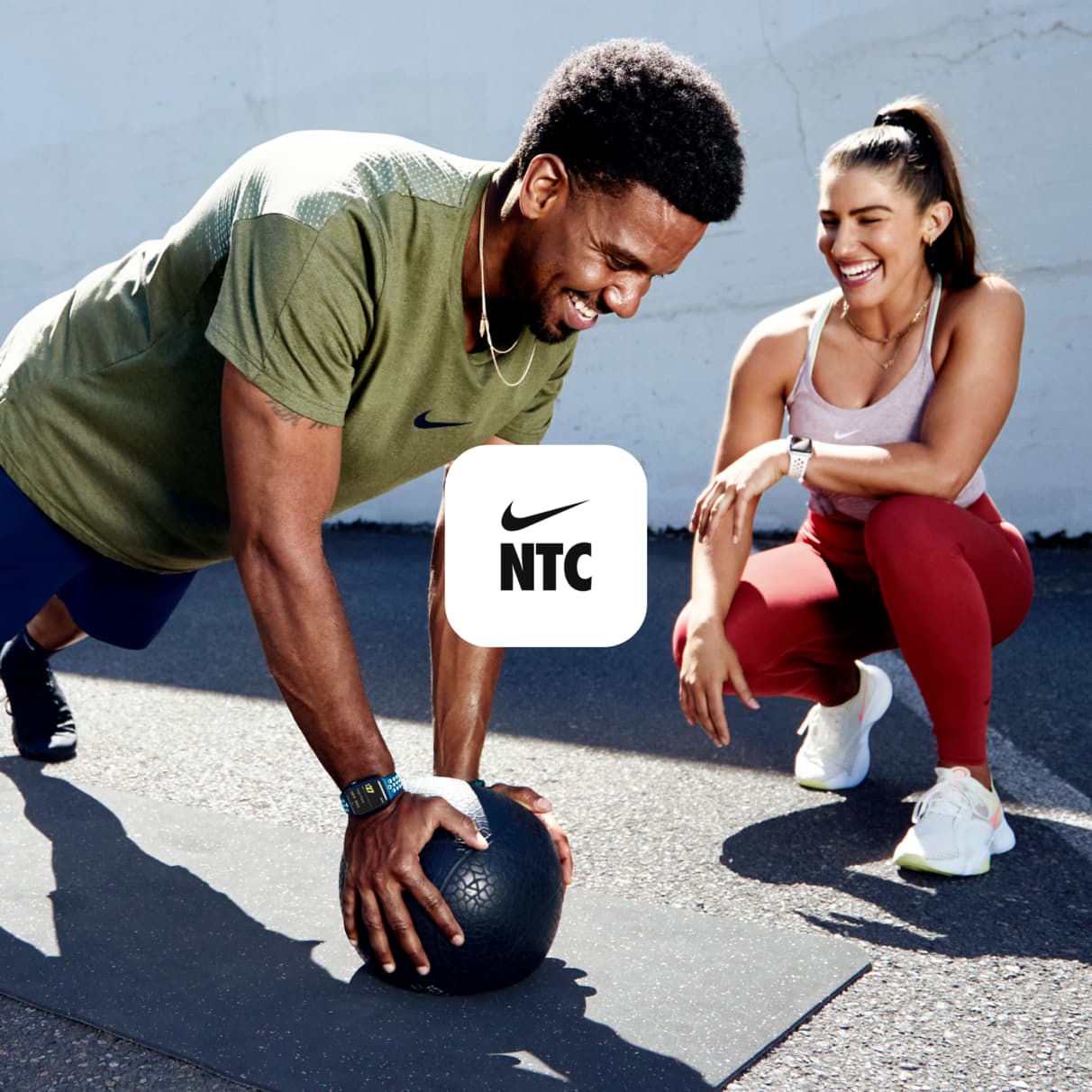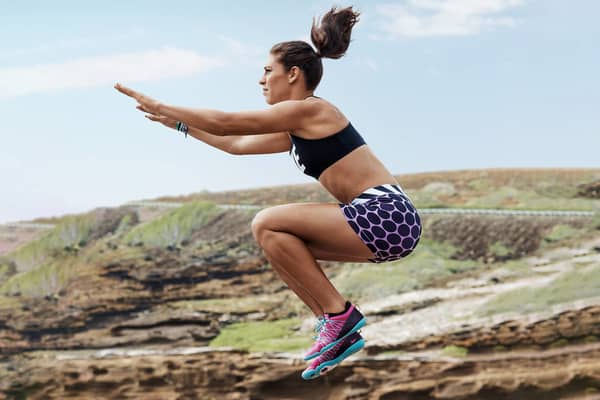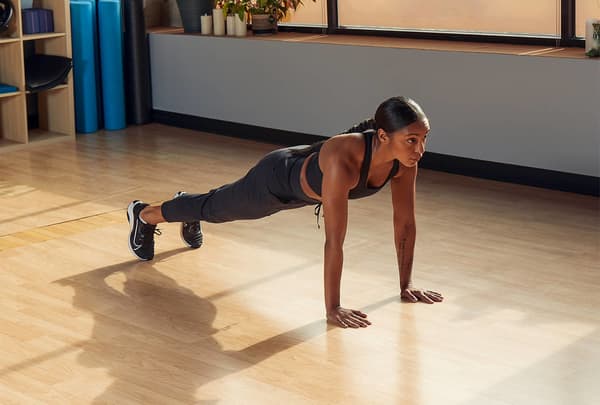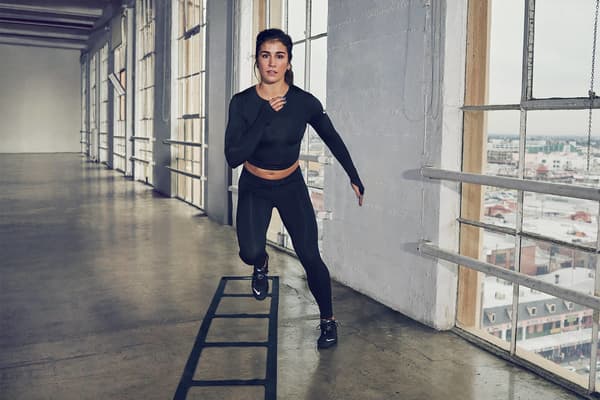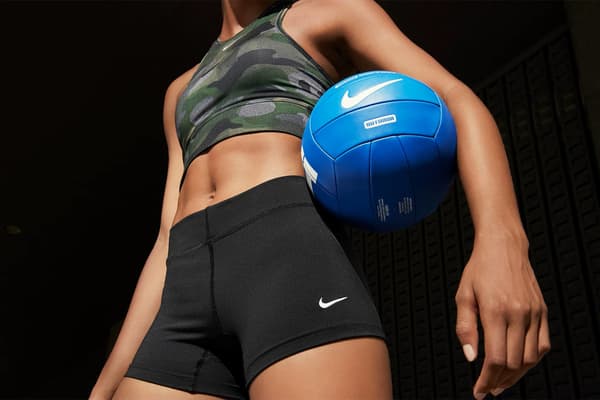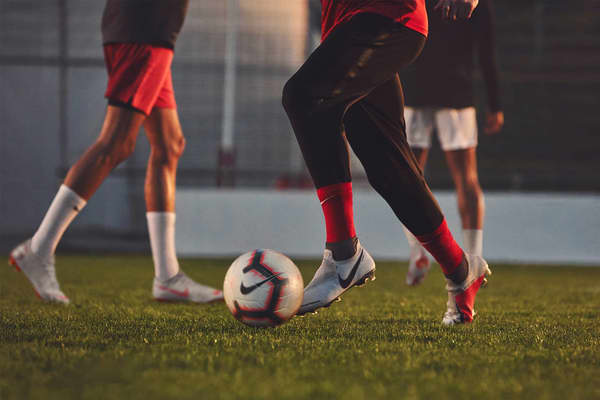What Muscles Do Leg Presses Work—And How Do You Do Them?
Sport & Activity
Follow this trainer-approved, step-by-step guide to use a leg press machine.

If you've spied a leg press machine at the gym, you may have wondered what muscles they work, how to use one and if they're a good tool to help you reach your fitness goals.
"Leg presses are a seated leg exercise where your feet are placed flat on a weighted platform, and you push the weight away from you", said Erica Enarusai, NASM-certified CPT.
Because leg presses are done with a machine, they can be "more stable than traditional barbell or free-weight squats and squat variations", explained Lin Robinson, NASM-certified CPT.
What Muscles Do Leg Presses Work?
The leg press is a triple-extension exercise, which means it involves the simultaneous extension of three lower-body joints: ankles, knees and hips.
According to a 2017 study in the International Journal of Sports Physical Therapy, "Triple extension includes concurrent hip extension, knee extension and ankle plantar flexion". These biomechanics foster a powerful push-off in running, the research noted. What's more, the combination of these movements is essential to jump, sprint and change directions.
During the leg press—as with other triple-extension exercises—you "work all of your leg muscles: the quads, hamstrings, glutes and even calves", explained Enarusai.
The Benefits of Leg Presses
Leg presses "target the quadriceps, with less stress on the core and back than in a traditional squat", Robinson explained. They're especially beneficial for anyone who is looking for the support and control that the machine helps provide.
However, "Anyone looking to improve their specific leg strength or muscle size could incorporate them", Enarusai said. Because your back is supported, you can really hone in on your quadriceps.
A 2018 study in The Journal of Sports Medicine and Physical Fitness compared leg presses to squats. The research found that the leg press produced improvements in both strength and balance for the male adult participants over the course of 10 weeks. That said, squats fared slightly better than leg presses in strength gains.
RELATED: How To Treat Sore Muscles After a Tough Workout, According to Experts
2 Types of Leg Press Machines
At the gym, you may encounter two different types of leg press machines:
- Horizontal Cable Leg Press Machine: on this machine, your feet are placed on the platform at chest level. The resistance is set via cable. Then, you push the weight away in a horizontal direction. In this version, the weight is not loaded onto your upper body as you press.
"The main difference between the two types of machines is how much weight you can load onto them. The horizontal machine is easier to load weight on", said Enarusai.
- Incline Leg Press Machine: alternatively, on this piece of equipment, your feet are stationed above you on the platform at a 45-degree angle. Weight plates can be added for extra resistance. Your legs will diagonally point towards the ceiling. While you press, your body has to work against gravity and any added weight. Whenever possible, it's best to have a spotter when using this machine.
How to Leg Press With Proper Form
It's important to pay attention to form and technique to make the most of a leg press (and to do it safely):
- Set Up the Machine
For both machines: adjust the seat so that you can "sit comfortably and maintain stability during the workout", said Robinson.
For cable leg press machines: put the pin in at the desired weight.
For the incline leg press machine: add plates as weight.
How to find the right load: Enarusai recommended starting with a weight you are comfortable with and aiming for three to four sets of 10 reps. She added that 10 reps can be a moderate rep range for athletes, but the right rep range for an individual will depend on their goals.
"Choose a weight that feels light enough that you can perform your reps without a break on your first set", she explained. "By set three or four, it should feel more challenging but still doable" without sacrificing your form. When in doubt, start light and increase the weight from there.
(Related: How Long Does Your Workout Really Need to Be? Experts Explain)
- Establish Your Position
Sit down on the machine and place your feet in the "middle of the platform and position them shoulder-width apart", said Robinson. Your back and head should rest flat against the seat. Avoid lifting your bum off the seat or arching your back.
- Release the Safety Clasp
If you're using an incline leg press machine, "You may have to press the weight up and release the safety clasp", said Enarusai. "There are usually handles on the sides".
- Extend Your Legs
As you begin to push the weight away from you, Enarusai advised engaging your core and exhaling. Then, extend your legs until they're nearly straight, but be sure not to lock your knees, added Robinson.
- Bend Your Knees
Slowly and with control, begin to bend your knees until your legs are at a 90-degree angle. "Inhale as the weight comes back towards you", Enarusai said. While lowering the weight, "make sure that your hips and back do not move", Robinson added.
Words by Hannah Singleton
